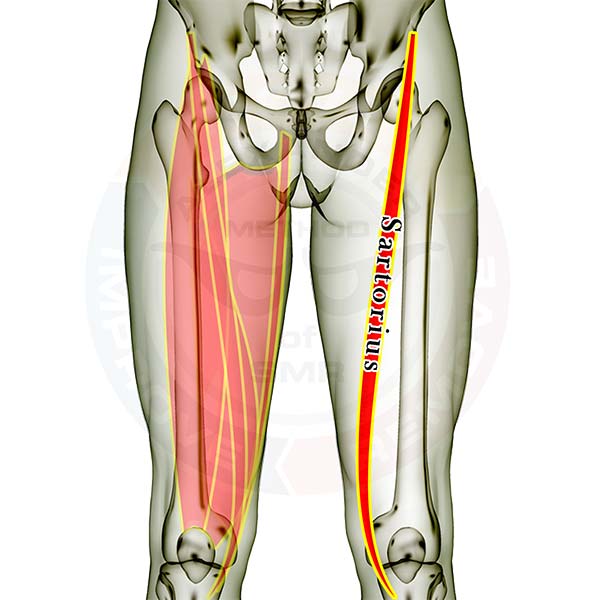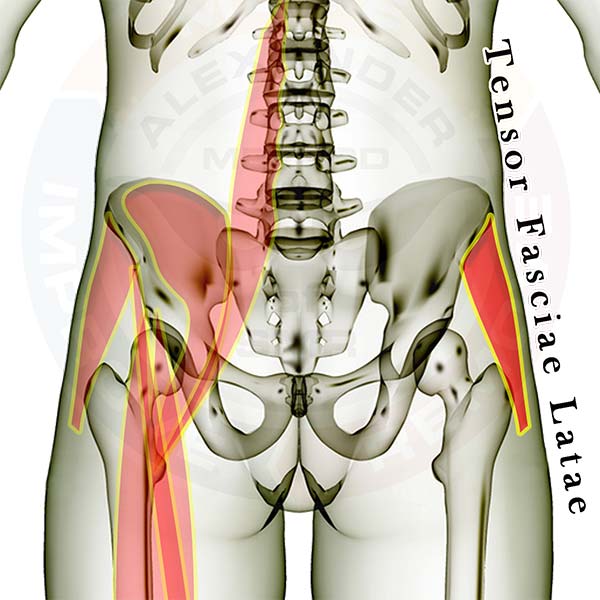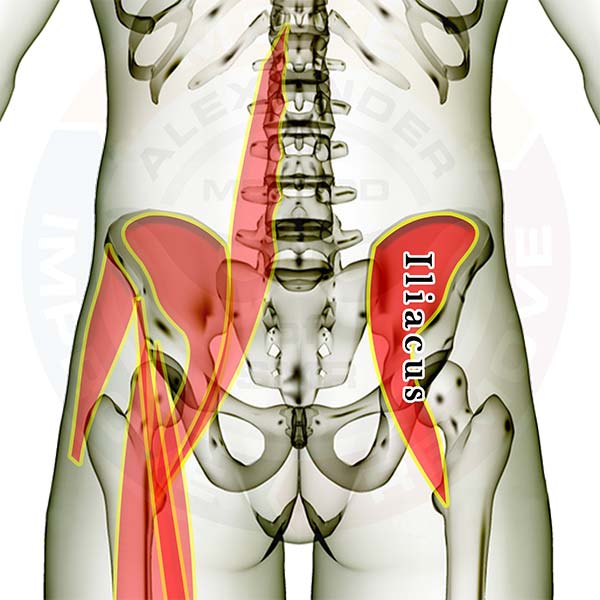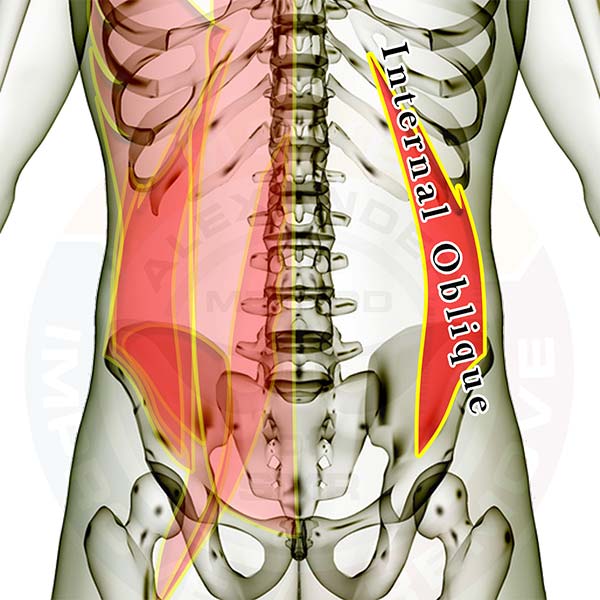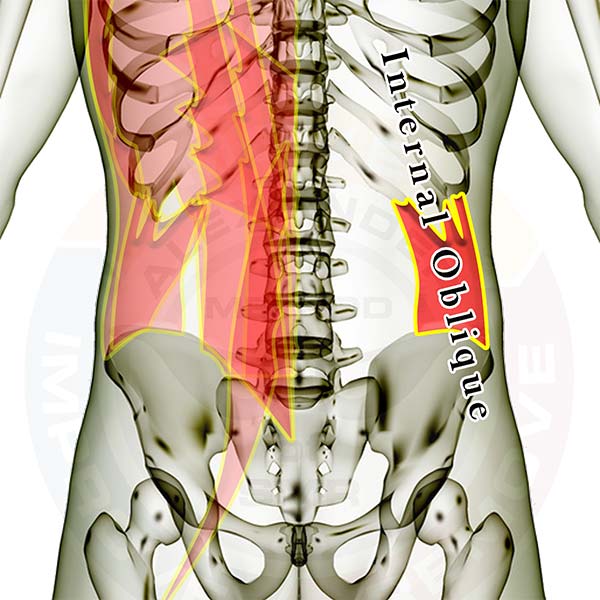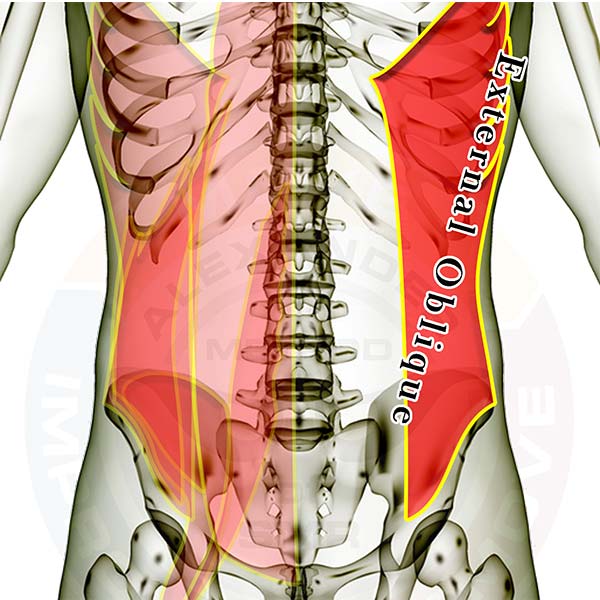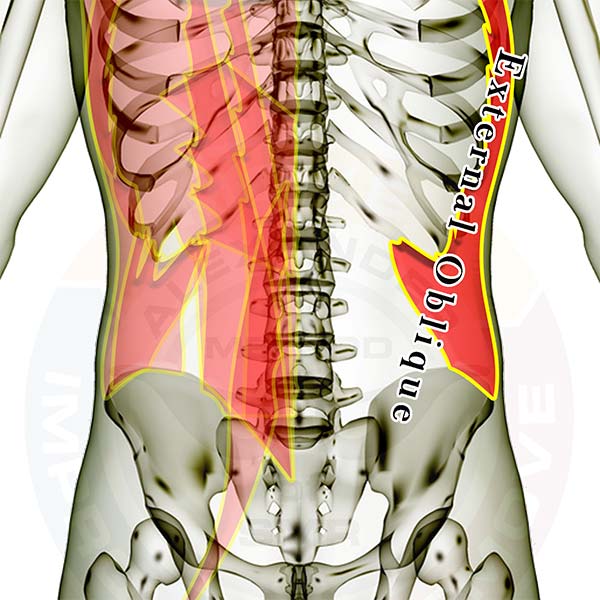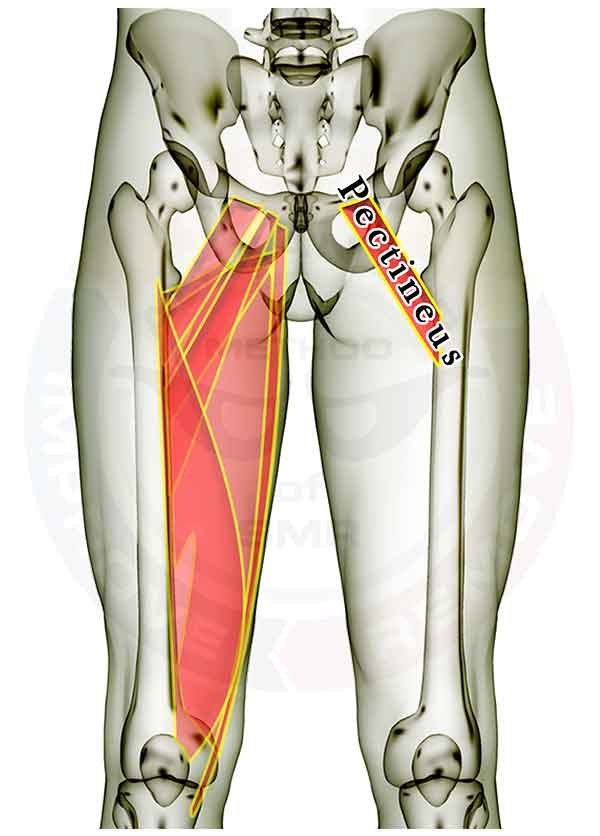
Pictured above is the pectineus muscle. It is nick-named the "4th adductor" muscle and it pulls the thigh toward the pubic bone. When this muscle is overly tight (and this is true for many of us), you will have trouble comfortably opening your legs really wide. This leads to compromised leg positioning for some functional movements such as the deep squat.
The muscles are layered, showing how some of the muscles are covered by the others. All of the muscles are see-through so that you can appreciate the location and size of each muscle relative to the others.
Individual hip, lower back & thigh muscles you might be interested in: (any inactive links will be live soon)
Click here for a list of all the muscles.
Click here to see the hip flexor muscles as a group.
Muscle that crosses the hip/lower back joint and crosses the hip/thigh joint (attaches to the spine and the femur)
Muscles that attach to the hip and the thigh bone (femur)
- Iliacus
- Rectus Femoris
- Tensor Fasciae Latae
- Sartorius
- Gracilis
- Adductor Magnus
- Adductor Longus
- Adductor Brevis
- Pectineus
- Gluteus Maximus
- Gluteus Medius
- Gluteus Minimus
- Piriformis
- Superior Gemellus
- Obturator Internus
- Inferior Gemellus
- Obturator Externus
- Quadratus Femoris
- Biceps Femoris
- Semitendonosis
- Semimembranosis
Good luck working out those tight knots.
If you have any questions, please post a comment. We try to respond within 24 hours.
We're here to help you get more out of your training!


